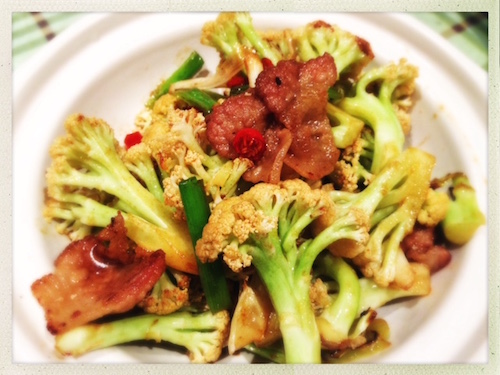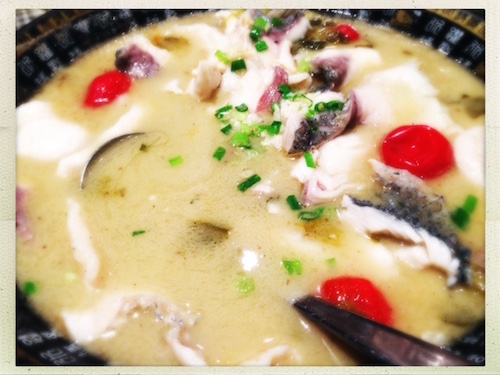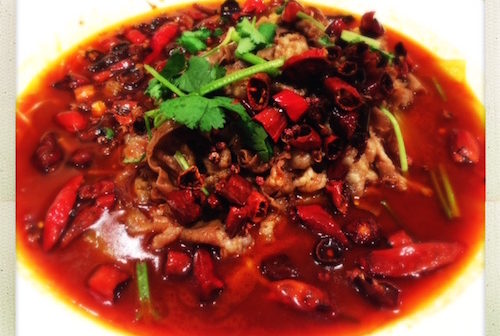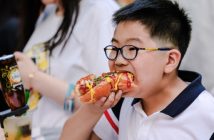After two months of inactivity, I resumed exploring Beijing’s regional restaurants by revisiting a very familiar culinary style: Chengdu cuisine. That’s how I found myself peering up at an unassuming-looking hotel northeast of Jingshan Park on Saturday evening.
Both of my parents are of Sichuanese descent; my mom was born and raised in Chongqing while my dad’s grandfather migrated to Yunnan as a young man. We’ve visited extended family in Chengdu several times over the years; some of my fondest memories involve sampling the city’s famous xiaochi (snacks) in Jinli, a restored commercial street with restaurants bedecked in red lanterns.

I was eager to see how well the Chengdu zhujingban (Chinese for “representative office restaurant”) would recreate long-time favorites like mapo doufu, suancai yu, dandan mian, and tangyuan.
The restaurant is located at the back of the Shudu Hotel, just after a right turn at the lobby and a long corridor. The dining room was surprisingly small; it contained maybe 13 tables at most. We didn’t have a reservation, so it took a bit of haggling and reshuffling to seat our table of nine. “Next time, you should really reserve,” said one of the servers, not unkindly.

The food
We had a mix of spice eaters and non-spice eaters, vegetarians and omnivores, low-carb and high-carb eaters (i.e. Germans). Here are some of the dishes we ordered:
Cold dishes:
- “Mouth-watering” chicken 口水鸡 koushui ji
Hot dishes:
- Hot and sour fish with pickled vegetables 酸菜鱼 suancai yu
- Mapo tofu (vegetarian and regular versions) 麻婆豆腐 mapo doufu
- Stir-fried pea shoots 炝炒豌豆尖 qiangchao wandoujian
- Beef in “red soup” (a sea of spice, basically) 红汤牛肉 hongtang niurou
- Hotplate tofu 石板豆腐 shiban doufu
- Stir-fried diced eggplant 炒茄丁 chao qie ding
- Cauliflower and pork slices (I didn’t take down the Chinese name for this dish, but it’ll be something like 花菜炒猪肉 huacai chao zhurou)
Xiaochi:
- Dandan noodles 担担面 dandan mian
- Spicy wonton 红油抄手 hongyou chaoshou
- Tangyuan with fermented glutinous rice 醪糟汤圆 laozao tangyuan

My favorite was the suancai yu; for only RMB 68, you get a massive bowl filled with tender sliced fish and a slightly sour broth that warms the belly all the way through.
The mapo doufu was firm and fragrant, with just a hint of mala spice – not at all goopy or heavy.

I also enjoyed the tangyuan; instead of the usual hot water, they was served in a clear, lightly sweetened soup with laozao, a type of fermented rice commonly seen in Sichuan and Yunnan. The little bowl brought back memories of my maternal grandmother filling rows of homemade tangyuan with sesame paste in the kitchen.

As a pescetarian, I didn’t try any of the meat dishes but both the hongtang beef and the koushui ji got the seal of approval.
The only real disappointment was the dandan mian. Instead of giving off an aromatic heat, the flavors were underdeveloped and the noodles themselves were limp and spongy.

In total, the bill came to RMB 565 for nine people – not bad at all. Though there were a few hiccups with the service – a request for a vegetarian modification forgotten, a lengthy wait for the bill, confusion over change – the wait staff was friendly and accommodating. There were clean squat bathrooms with hand soap on the first floor of the hotel, but no toilet paper.
When the weather gets warmer, a visit to the Chengdu zhujingban would be the perfect way to conclude a day trip to Jingshan Park or Beihai Park. Though some accommodation can be made with spice levels, the restaurant is better-suited to older and more adventurous kids and visitors.
Chengdu Representative Office Restaurant 成都驻京办餐厅
Daily 7-9am (breakfast), 11am-2pm (lunch), 5-9pm (dinner. 1/F, Shudu Hotel, 30 Shatan Houjie, Dongcheng District (6403 4440 ext 2241) 东城区沙滩后街30号蜀都宾馆1层
Sijia Chen is a contributing editor at beijingkids and a freelance writer specializing in parenting, education, travel, environment, and culture. Her work has appeared in Travel + Leisure, The Independent, Midnight Poutine, Rover Arts, and more. Follow her on Twitter at @sijiawrites or email her at sijiachen@beijing-kids.com.
Photos: Sijia Chen




